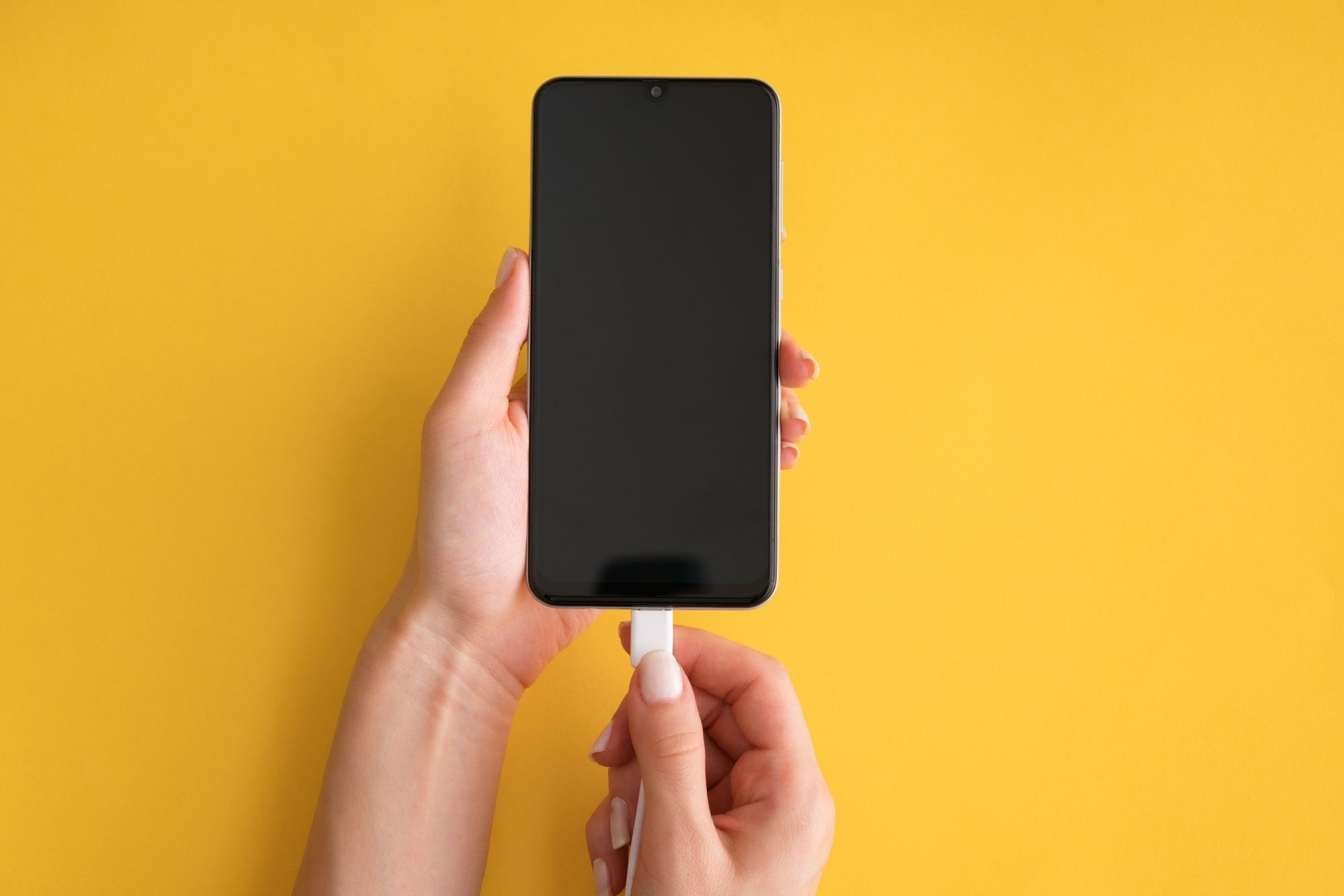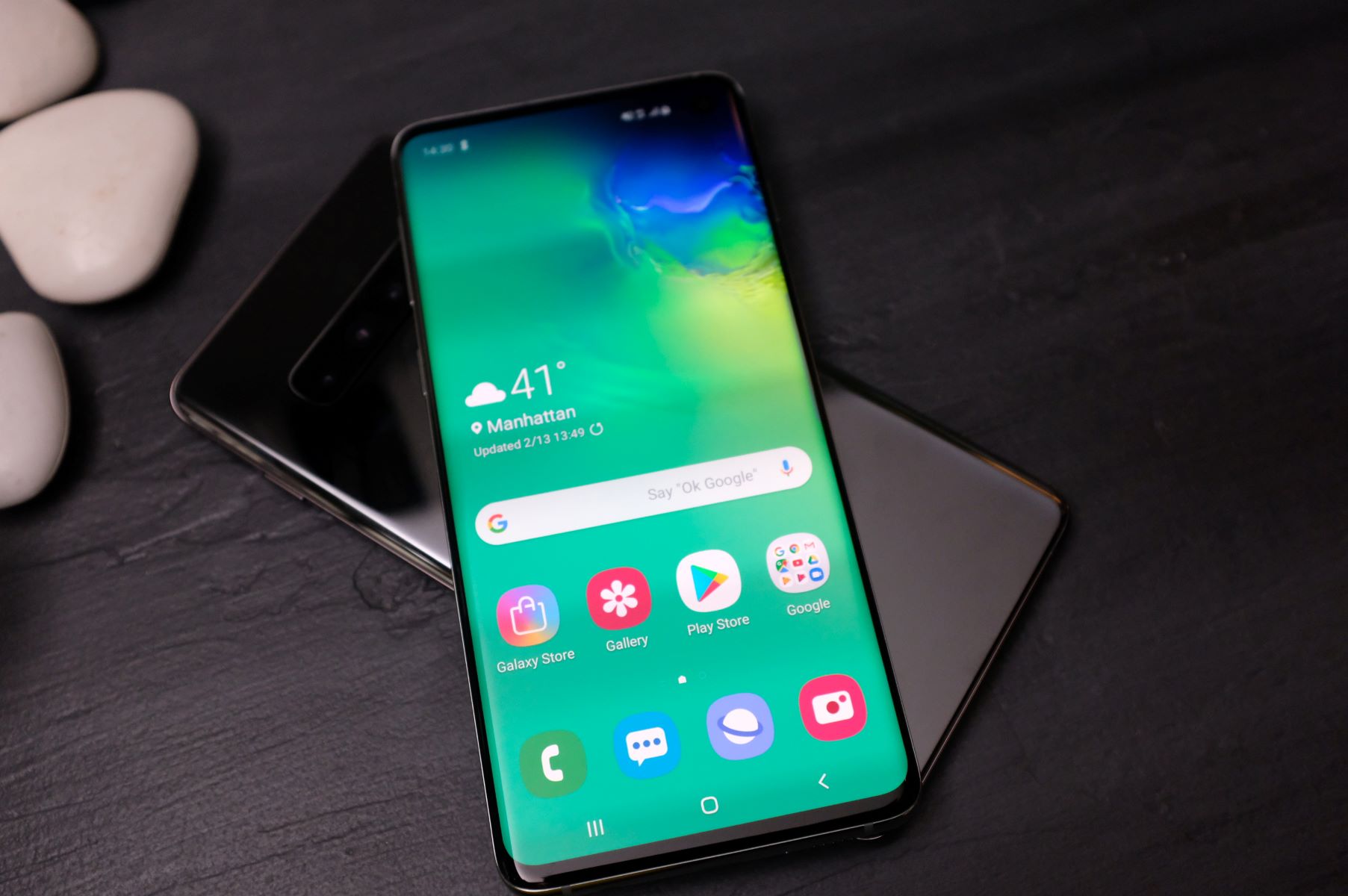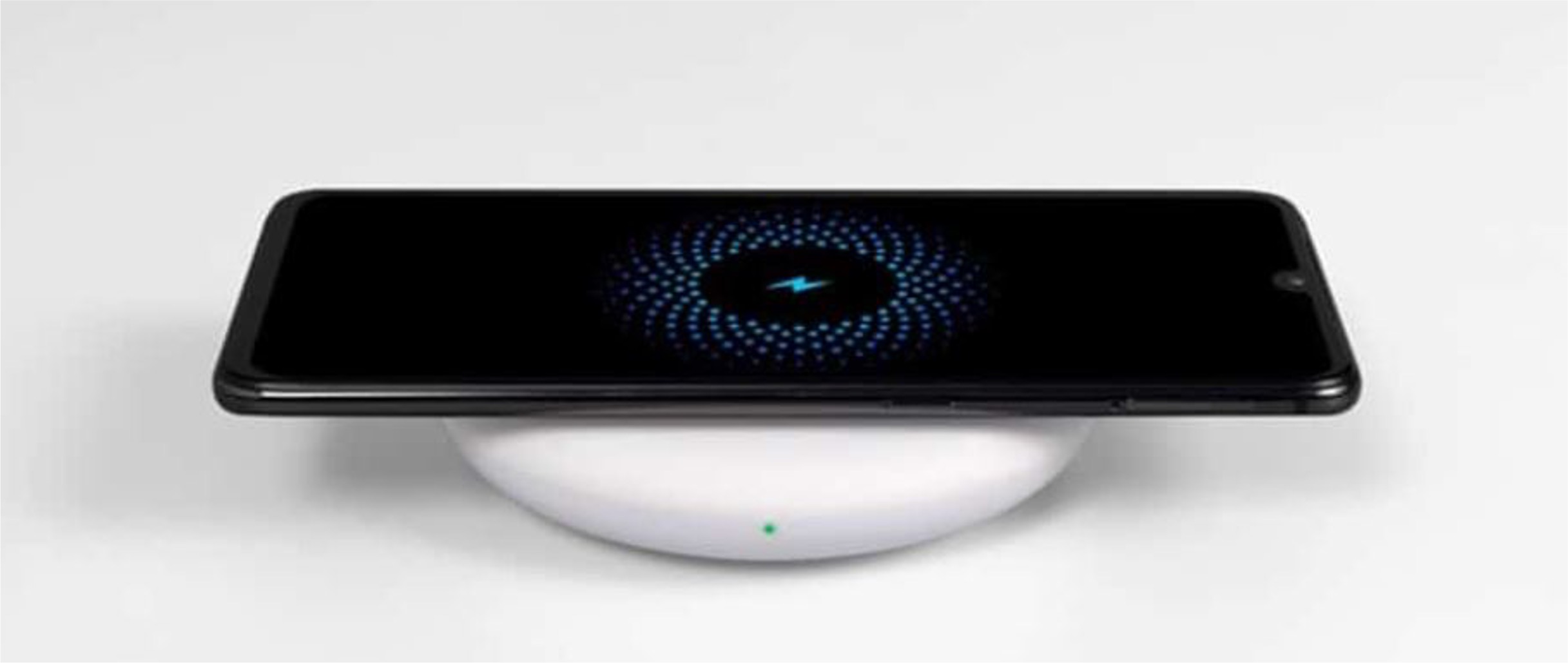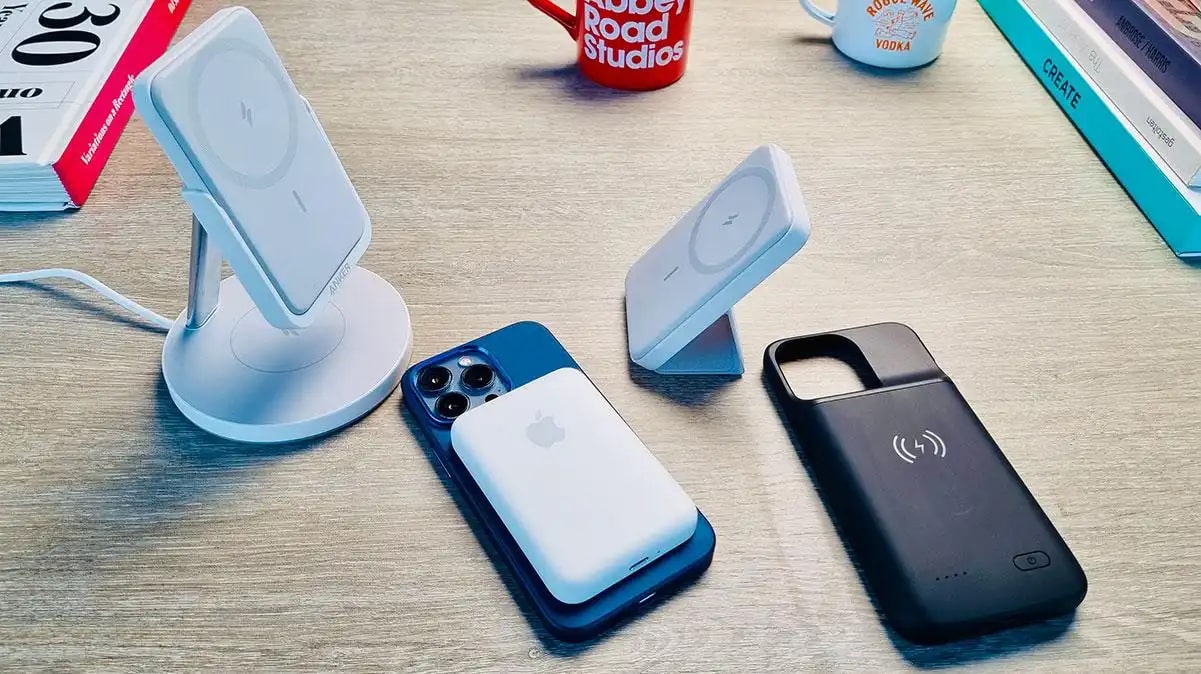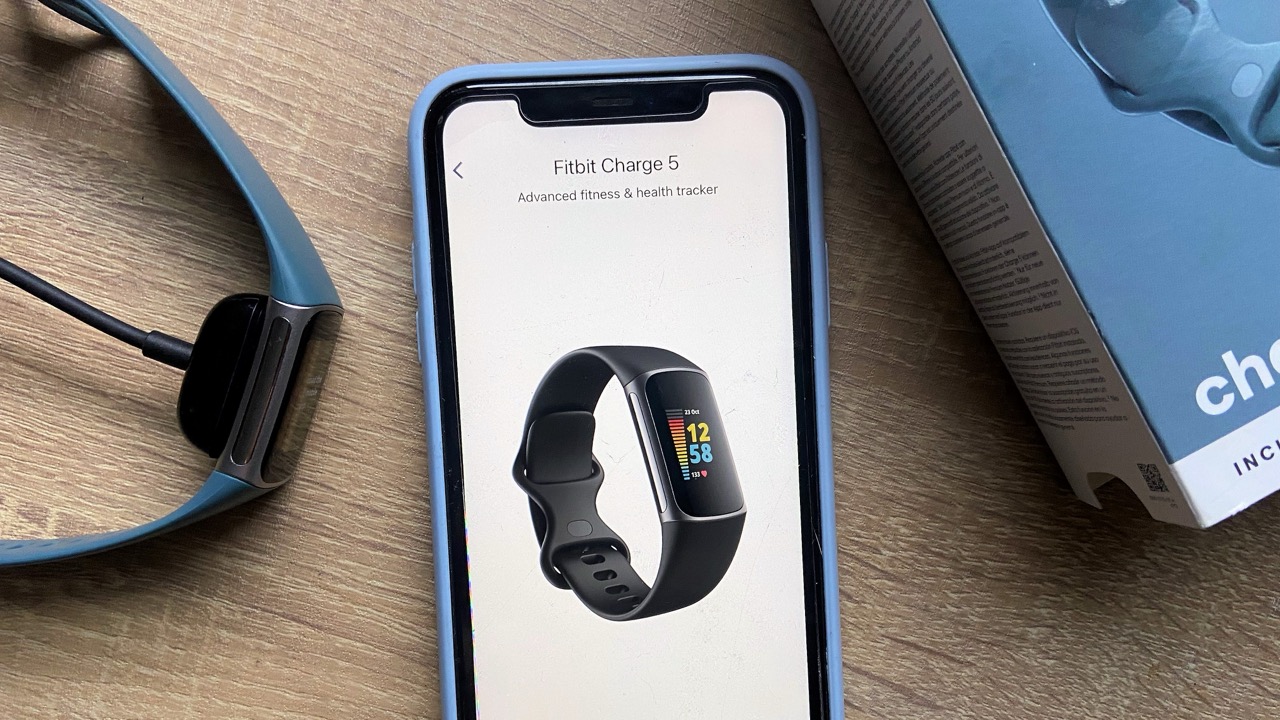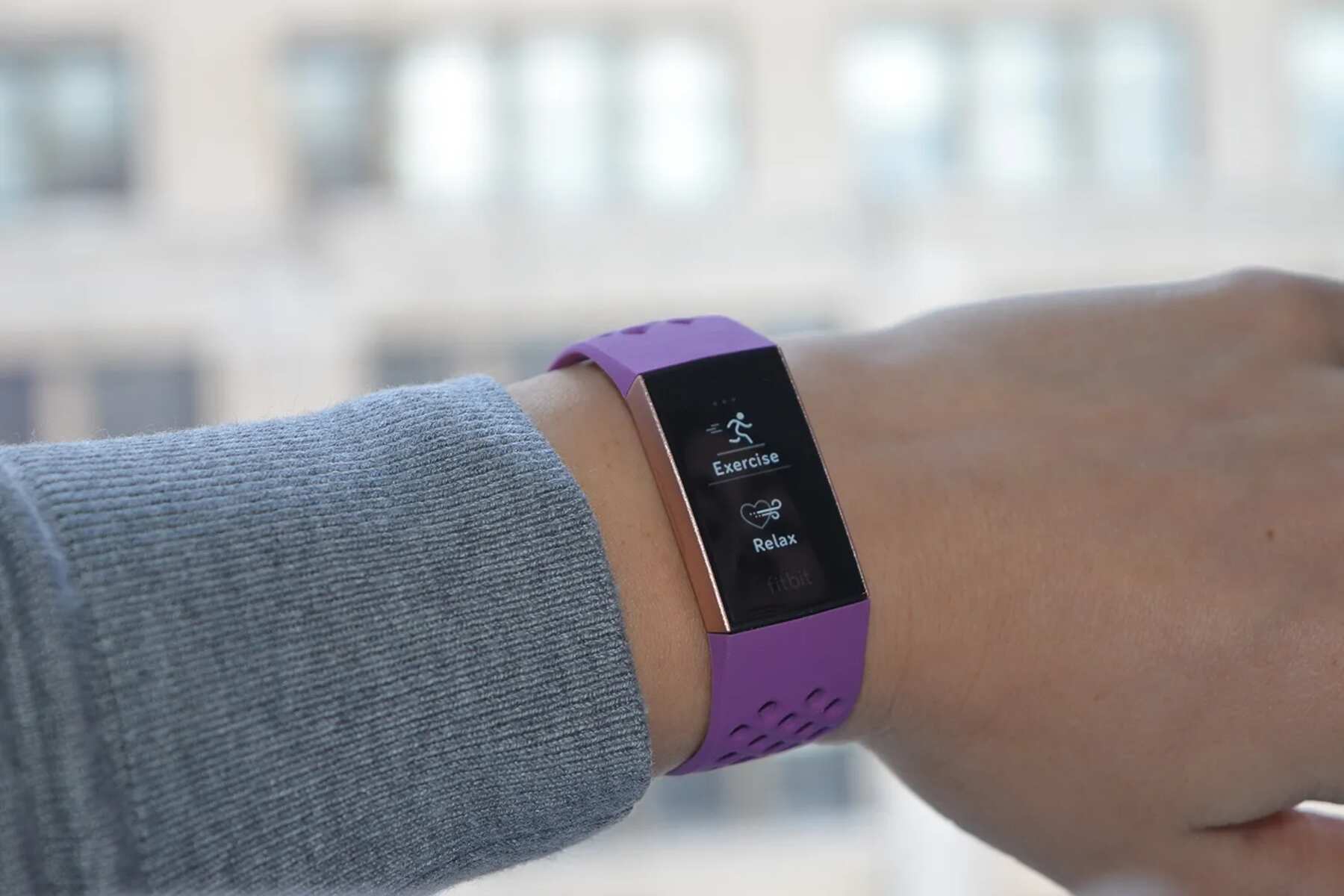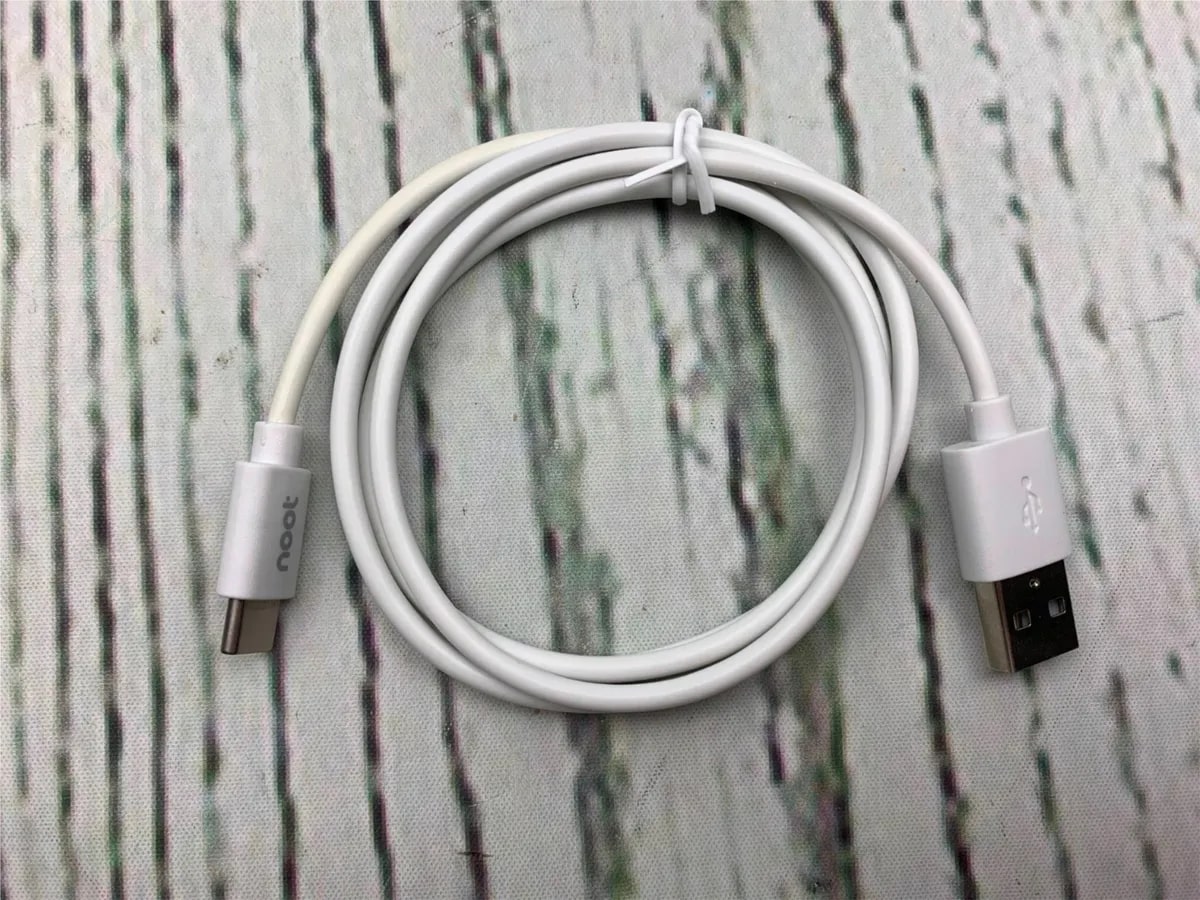Introduction
Smartphones have become an integral part of our daily lives, serving as our constant companions for communication, entertainment, and so much more. As we rely on our smartphones for various tasks, keeping them charged and ready for use is essential. However, charging a smartphone may seem like a simple task, but there’s more to it than meets the eye.
Understanding the intricacies of charging your smartphone can help you optimize its battery life and ensure efficient charging cycles. In this article, we will explore the different aspects of charging your smartphone to help you make informed decisions about how you charge your device.
Patience is key when it comes to charging your smartphone. Rushing the charging process or using incorrect charging methods can lead to reduced battery life and performance. By implementing the right charging techniques, you can extend your smartphone’s battery life and enjoy uninterrupted usage throughout the day.
In this guide, we will delve into the various factors that influence smartphone charging, from the types of batteries used to the best practices for charging your device. We will also explore different charging methods and accessories that can enhance your charging experience. Lastly, we will provide tips for extending your battery life, so you can make the most out of your smartphone’s power.
This comprehensive guide aims to empower you with the knowledge to charge your smartphone effectively and prolong its battery life. By mastering the art of charging, you can ensure that your smartphone is always ready for use, whether you’re sending important emails, capturing precious memories, or simply staying connected with loved ones.
Understanding Battery Types
Before delving into the intricacies of charging your smartphone, it is crucial to have a basic understanding of the types of batteries commonly used in smartphones. Most smartphones today are powered by Lithium-ion (Li-ion) batteries, which offer a high energy density and longer lifespan compared to other battery technologies.
Lithium-ion batteries are preferred for smartphones due to their compact size and efficiency in delivering consistent power. These batteries contain a cathode, an anode, and an electrolyte, which work together to store and release electrical energy. Understanding the composition of Li-ion batteries can help you optimize their performance and prolong their lifespan.
One important consideration when it comes to Li-ion batteries is their optimal charge level. Contrary to popular belief, allowing the battery to completely drain before charging is not advisable. Li-ion batteries have a limited number of charge cycles, and deep discharges can shorten their lifespan. It is recommended to keep the battery level between 20% and 80% for everyday usage to maximize its longevity.
Furthermore, it is worth noting that not all smartphone batteries are created equal. Different smartphone models will have variations in battery capacity, which is measured in milliampere-hour (mAh). Larger mAh ratings indicate a battery with a higher capacity, allowing for longer usage time between charges.
When choosing a smartphone, consider your individual usage patterns to estimate the battery capacity required. If you are a heavy user who constantly runs resource-intensive apps or engages in gaming, a smartphone with higher battery capacity would be more suitable for your needs.
Understanding the type and capacity of your smartphone’s battery is essential. It will allow you to make conscious decisions regarding charging habits, thereby optimizing the battery’s performance and overall lifespan.
Charging Basics
When it comes to charging your smartphone, there are a few basic concepts to keep in mind for optimal charging performance. Let’s explore these charging basics to ensure that you are getting the most out of your charging experience.
Firstly, always use the original charger and cable provided by the smartphone manufacturer. Generic chargers may not provide the necessary voltage and current required for efficient charging, which can result in slower charging times and potential damage to the battery. It’s best to stick with the charger that came with your smartphone to ensure compatibility.
Secondly, avoid exposing your smartphone to extreme temperatures while charging. High temperatures can degrade the battery’s performance and shorten its lifespan. Therefore, it is important to keep your smartphone in a cool and well-ventilated area during the charging process.
Another crucial point to consider is avoiding overcharging your smartphone. Modern smartphones are equipped with sophisticated charging circuits that prevent overcharging, but it’s still a good practice to unplug your device once it reaches 100%. Continuous charging can put unnecessary strain on the battery, potentially affecting its long-term performance.
Additionally, it is worth noting that fast charging technologies have become increasingly popular in recent years. These technologies, such as Qualcomm Quick Charge or USB Power Delivery, allow for faster and more efficient charging. If your smartphone supports fast charging, it is advisable to invest in a compatible charger and cable to take full advantage of this feature.
Lastly, it is essential to handle the charging port and cable with care. Regularly check for any signs of damage, such as frayed cables or bent connectors, as these can affect the charging performance and potentially cause safety hazards. If you notice any issues, it is recommended to replace the cable or seek professional assistance to avoid further complications.
By following these charging basics, you can ensure that your smartphone charges efficiently and safely, providing you with the power you need whenever you need it.
Charging Do’s and Don’ts
While charging your smartphone may seem straightforward, there are certain do’s and don’ts to keep in mind to maximize the efficiency and lifespan of your battery. Let’s explore these guidelines to ensure that you are charging your smartphone correctly.
Do:
- Charge your smartphone with the screen off: Keeping the screen off while charging reduces power consumption and allows the device to charge faster.
- Use a surge protector: Plugging your charger into a surge protector can help protect your smartphone from sudden power surges, ensuring a safe charging experience.
- Fully charge your smartphone at least once a month: While partial charges are generally fine for day-to-day usage, it is recommended to fully charge your smartphone once a month to recalibrate the battery and maintain accurate battery level readings.
- Keep your smartphone’s software up to date: Regular software updates often include optimizations and improvements for battery performance, enhancing overall charging efficiency.
- Charge your smartphone in a well-ventilated area: Heat can impact battery performance, so it’s important to charge your device in a cool and well-ventilated location.
Don’t:
- Charge your smartphone in extreme temperatures: Avoid charging your device in excessively hot or cold environments, as extreme temperatures can degrade battery performance.
- Use your smartphone while it’s charging: Using your smartphone while it’s plugged in can generate heat and impact the charging performance. It’s best to refrain from using your device during the charging process.
- Keep your smartphone in a high-performance mode while charging: High-performance modes consume more power and generate more heat, which can slow down the charging process. Switching to a power-saving mode while charging can optimize the charging speed.
- Use counterfeit chargers or cables: Cheap, knock-off chargers and cables may not provide the necessary voltage and current required for efficient charging and can potentially damage your device.
- Charge your smartphone under a pillow or on a soft surface: Charging your smartphone on a soft surface can obstruct airflow and lead to the device overheating. It’s best to charge your smartphone on a flat, stable surface.
By following these do’s and don’ts, you can ensure that your smartphone charges efficiently and safely, prolonging its battery life and overall performance.
Optimizing Charging Time
We live in a fast-paced world, and waiting around for your smartphone to charge can be frustrating. However, there are several strategies you can employ to optimize the charging time without compromising the battery’s health. Let’s explore these techniques to make the most out of your charging sessions.
1. Enable Airplane Mode: Putting your smartphone in Airplane Mode disables network connections, reducing power consumption. This can help your smartphone charge faster since it eliminates background processes that drain battery power.
2. Use a High-Quality Charger: Using a high-quality charger with compatible power output can significantly reduce charging time. Look for chargers that support technologies like Quick Charge or USB Power Delivery, as they can provide higher power output for faster charging.
3. Avoid Wireless Charging: While wireless charging is convenient, it is generally slower than wired charging. If you’re in a rush, opt for a wired charger, especially one that supports fast charging.
4. Close Unnecessary Apps: Running multiple apps in the background can drain battery power and slow down the charging process. Close any unnecessary apps to free up system resources and optimize charging speed.
5. Lower the Screen Brightness: Bright screens consume more power, so reducing the screen brightness while charging can help reduce power consumption and speed up the charging process.
6. Remove Phone Case: Some phone cases can trap heat, which can slow down charging. If you notice that your smartphone is charging slowly, consider removing the case to allow for better heat dissipation.
7. Avoid Extreme Temperatures: Charging your smartphone in extreme temperatures can impact battery performance and slow down the charging process. Optimal charging temperature ranges from 20°C to 30°C (68°F to 86°F).
8. Minimize Usage During Charging: Using your smartphone while it’s charging can generate heat and slow down the charging process. If you need to use your device while charging, keep it to a minimum to ensure efficient charging.
9. Settle for an 80% Charge: By unplugging your smartphone once it reaches 80% charge, you can eliminate the time it takes to complete the last 20% of charging. This can provide a significant time-saving option for those who don’t require a full charge.
By implementing these optimization tips, you can reduce the charging time of your smartphone, ensuring that it’s ready to go when you are.
Charging Methods and Options
When it comes to charging your smartphone, there are various methods and options available that can suit different needs and situations. Let’s explore these charging methods to help you find the most convenient and efficient options for charging your device.
1. Wall Chargers: Wall chargers are the most common and widely used charging method. These chargers usually come with your smartphone purchase and require a power outlet. They provide a reliable and consistent power source for charging your device.
2. USB Ports: Many computers, laptops, and even some car stereos have USB ports that can be used for charging smartphones. While this method may be convenient, charging via USB ports tends to be slower compared to wall chargers due to lower power outputs.
3. Power Banks: Power banks, also known as portable chargers, are a great option for charging your smartphone on the go. These portable devices store electrical energy and can be used to charge your smartphone when you don’t have access to a power outlet. Power banks come in different sizes and capacities, allowing you to choose one that suits your needs.
4. Wireless Chargers: Wireless charging has become increasingly popular in recent years. These chargers use electromagnetic fields to transfer power to compatible smartphones. Simply place your smartphone on the charging pad or stand, and it will start charging wirelessly. Wireless charging can be slower compared to wired charging, but it offers the convenience of not having to deal with cables.
5. Car Chargers: Car chargers are designed to be used in vehicles and typically connect to the cigarette lighter or USB ports in the car. They allow you to charge your smartphone while on the road, ensuring that you have enough battery power for navigation, music streaming, and emergencies.
6. Solar Chargers: Solar chargers utilize solar panels to convert sunlight into electrical energy, allowing you to charge your smartphone using renewable energy. These chargers are ideal for outdoor enthusiasts or in emergency situations where access to power outlets may be limited.
7. Fast Charging: Many smartphones now support fast charging technologies, such as Qualcomm Quick Charge or USB Power Delivery. These technologies enable faster charging times, allowing you to quickly top up your phone’s battery when you’re in a hurry. To take advantage of fast charging, make sure to use a compatible fast charger and cable.
When considering charging methods and options, it’s important to choose the one that aligns with your lifestyle, whether it’s for everyday use, travel, or emergency situations. With the variety of charging methods available, you can ensure that your smartphone remains powered up whenever and wherever you need it.
Charging Accessories and Cables
When it comes to charging your smartphone, having the right accessories and cables is crucial for efficient and safe charging. Let’s explore some essential charging accessories and cables that can enhance your charging experience.
1. USB Cables: USB cables are essential for connecting your smartphone to a charger or other charging devices. It’s important to use high-quality USB cables that are compatible with your smartphone’s charging port. Look for cables with reinforced connectors and durable insulation to ensure longevity.
2. USB Type-C Cables: USB Type-C cables have become increasingly popular in recent years due to their capabilities for faster charging and data transfer speeds. If your smartphone supports USB Type-C, using this cable type can provide faster and more efficient charging compared to older USB cables.
3. Charging Adapters: Sometimes the charging cable that comes with your smartphone may not provide the desired charging performance. In such cases, you can consider purchasing a high-quality charging adapter that matches the power and voltage requirements of your device. Make sure to choose a reputable brand to ensure safety and compatibility.
4. Wireless Charging Pads and Stands: If your smartphone supports wireless charging, investing in a wireless charging pad or stand can offer convenience and eliminate the need for cables. Make sure to choose a wireless charging accessory that is compatible with your smartphone model and supports the necessary charging standards.
5. Charging Docks: Charging docks provide a convenient and organized way to charge your smartphone. These docks typically have a built-in charging port or connector where you can place your device in an upright position for charging. Some docking stations also offer additional features like USB ports for charging multiple devices simultaneously.
6. Car Chargers: Car chargers are essential for keeping your smartphone powered up while on the move. Look for car chargers with multiple USB ports or fast charging capabilities to charge multiple devices efficiently. Some car chargers also feature additional functionalities like built-in GPS or Bluetooth capabilities.
7. Portable Power Banks: Portable power banks, also known as external battery packs, are an essential accessory for charging your smartphone on the go. These compact and portable devices store electrical energy, allowing you to charge your smartphone even when you don’t have access to a power source. Consider the capacity and charging speed of power banks to ensure they meet your charging needs.
When purchasing charging accessories and cables, ensure they are from reputable brands and have been certified for safety standards. Using high-quality accessories not only ensures efficient charging but also protects your device from potential damage. Take the time to choose the right accessories and cables, as they can greatly enhance your charging experience and keep your smartphone powered up when you need it most.
Tips for Extending Battery Life
Prolonging the battery life of your smartphone is crucial for ensuring that it lasts throughout the day and performs optimally. By implementing a few simple tips and practices, you can extend your smartphone’s battery life and reduce the frequency of charging. Let’s explore these tips for maximizing your device’s battery longevity.
1. Adjust Screen Brightness: Lowering the screen brightness can significantly reduce power consumption and extend battery life. Consider using automatic brightness adjustment or manually set the brightness to an optimal level.
2. Enable Power-Saving Mode: Power-saving modes reduce background activity, limit CPU performance, and optimize battery usage. Enabling this mode can help prolong battery life, especially when your device’s charge is running low.
3. Disable Unnecessary Notifications: Constant notifications from apps can drain the battery. Review your app settings to disable notifications from apps that are not essential, saving both battery life and your attention.
4. Limit Background App Refresh: Background app refresh allows apps to update in the background, consuming battery power. Restrict background app refresh to only essential apps or disable it entirely.
5. Close Unused Apps: Keep your app usage in check and close any unused apps running in the background. This prevents them from consuming system resources and draining battery power.
6. Use Wi-Fi Instead of Cellular Data: When possible, connect to Wi-Fi networks to conserve battery life. Using cellular data consumes more power as your device constantly searches for and maintains a stable cellular connection.
7. Limit Location Services: Apps that use location services drain the battery as they continuously access the device’s GPS. Choose to enable location services only for essential apps or when necessary.
8. Reduce Screen Timeout: Set a shorter duration for the screen timeout to minimize power wastage when your device is idle.
9. Update Apps and Operating System: Keeping your apps and operating system up to date can improve battery efficiency as developers often release updates to optimize performance and reduce power consumption.
10. Turn Off Vibrations and Haptic Feedback: Vibrations and haptic feedback require additional power. Consider switching them off or using them sparingly to conserve battery life.
11. Avoid Extreme Temperatures: Exposure to extreme temperatures can adversely affect battery life. Keep your device within the recommended temperature range to prolong battery performance.
12. Manage Push Email: Constantly fetching email in real-time consumes power. Consider adjusting your email settings to fetch emails at specific intervals or manually check for new messages.
By applying these tips consistently, you can optimize your smartphone’s battery life and reduce the frequency of charging, allowing you to make the most out of your device’s power throughout the day.
Conclusion
Charging your smartphone is a vital aspect of keeping it powered up and ready for use. By understanding the various factors that influence smartphone charging, you can make informed decisions to optimize your device’s battery life and ensure efficient charging cycles.
Throughout this guide, we explored the different aspects of charging your smartphone, including understanding battery types, charging basics, do’s and don’ts, optimizing charging time, charging methods and options, charging accessories and cables, and tips for extending battery life.
By following best practices, such as using the original charger and cable, avoiding extreme temperatures, and minimizing usage during charging, you can ensure safe and efficient charging while prolonging your smartphone’s battery life.
Furthermore, exploring the various charging methods and options available allows you to choose the most suitable and convenient charging solution for your needs, whether it’s using wall chargers, power banks, wireless chargers, or car chargers.
Investing in high-quality charging accessories and cables ensures compatibility, durability, and optimized charging performance. USB cables, USB Type-C cables, charging adapters, wireless charging pads, and portable power banks can enhance your charging experience and provide convenience, especially on the go.
Lastly, implementing tips for extending battery life, such as adjusting screen brightness, enabling power-saving mode, and managing background app activity, can help maximize your device’s battery longevity, reducing the need for frequent charging.
By incorporating these practices and making informed choices about your smartphone charging habits, you can ensure that your device stays powered up and ready for all your daily activities, without compromising its battery life or performance.
Remember, charging your smartphone correctly is not only about convenience but also about maintaining the long-term health and functionality of your device’s battery.







